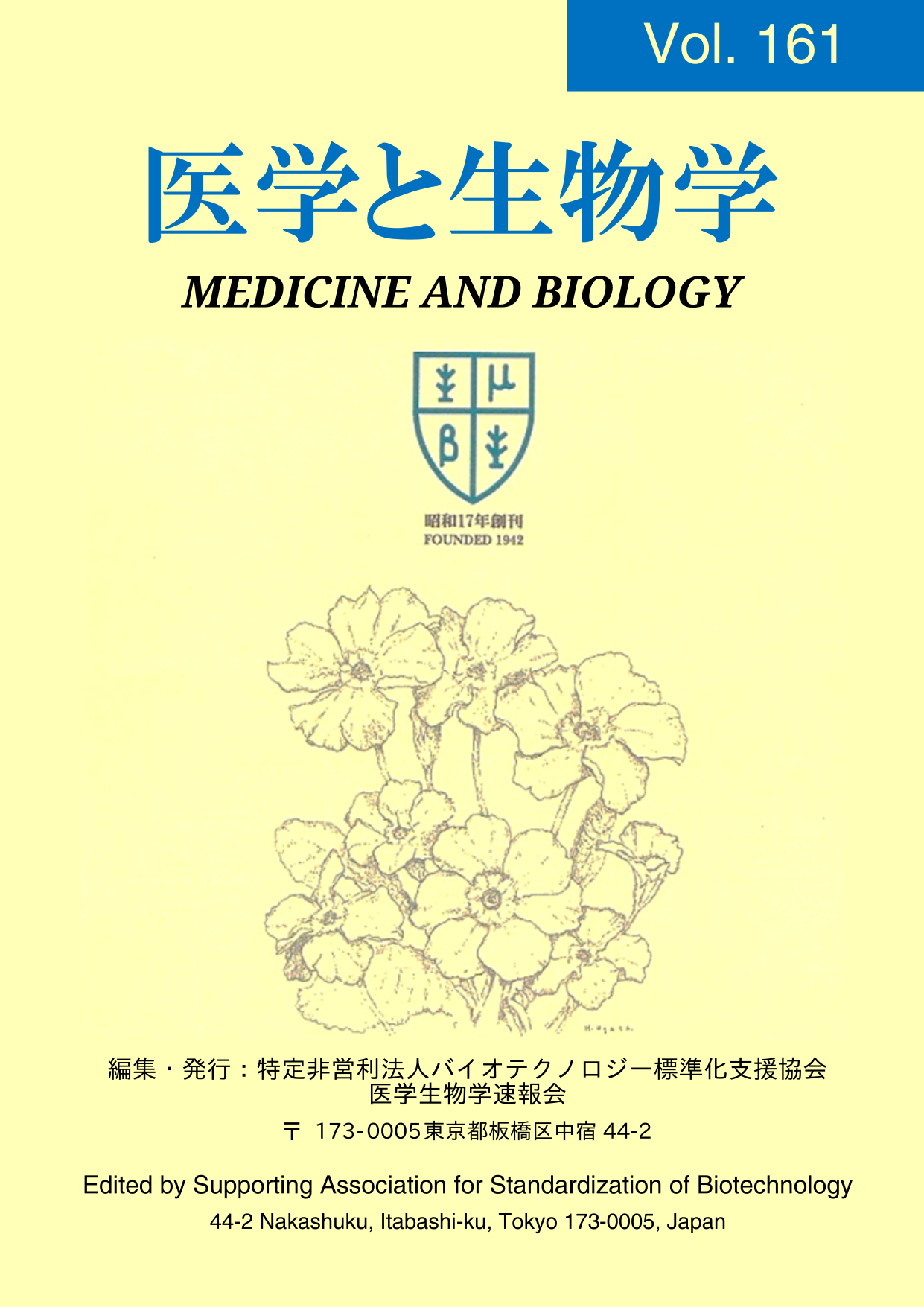介護予防教室に参加した高齢者の移動機能を規定する要因の検討
キーワード :
高齢者、移動能力、幼児運動イメージテスト、重回帰分析要旨
本研究は、介護予防教室に参加した対象者の移動機能を規定する要因について明らかにすることを目的とした。対象は、65歳以上で介護予防教室に参加した36名を対象とした。評価項目は、参加時の年齢、N式幼児運動イメージテスト(N式テスト)、片脚立位テスト、30秒椅子立ち上がりテスト(CS30)、Timed Up & Go test(TUG)の5項目とした。次に、TUGを従属変数、その他の評価項目を独立変数として、強制投入法による重回帰分析を行いTUGとの関係性を検討した。さらに、ステップワイズ法による重回帰分析を行った。その結果、TUGに関係する因子としてN式テストの標準化係数が最も高かった。さらに、ステップワイズ法による重回帰分析では、N式テストとCS30が選択された。得られた重回帰式は、TUG(秒)=-0.560×(N式テスト)-0.214×(CS30)+23.689であった。重相関係数(R)は0.81、決定係数(R2)は0.655、調整済み決定係数(R2) は0.635であった。以上から、介護予防教室に参加する高齢者の移動能力はN式テストと関係性が最も強く、さらに、N式テストとCS30の2つの評価項目を用いて介護予防教室に参加した高齢者の移動能力を予測できることが示唆された。


